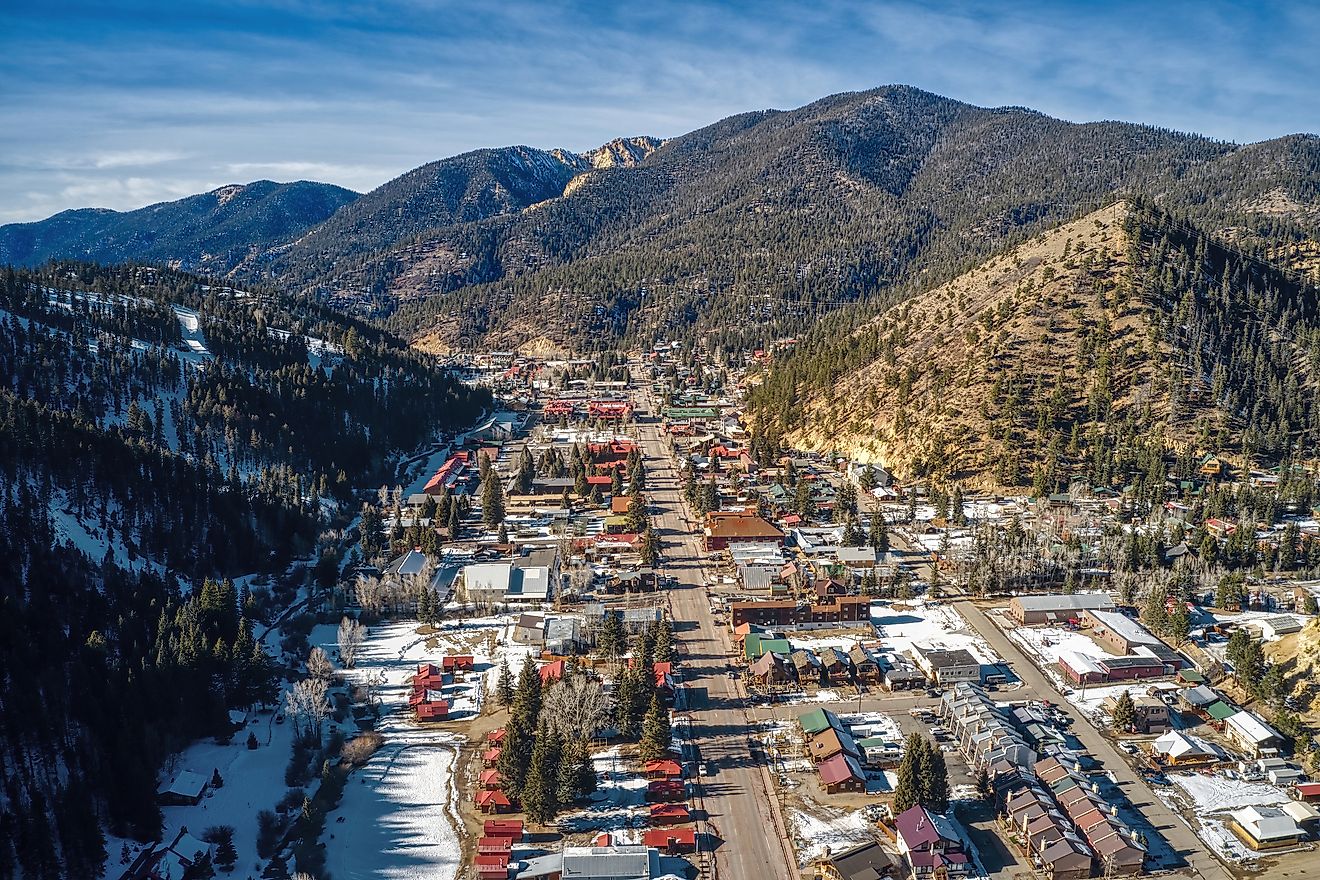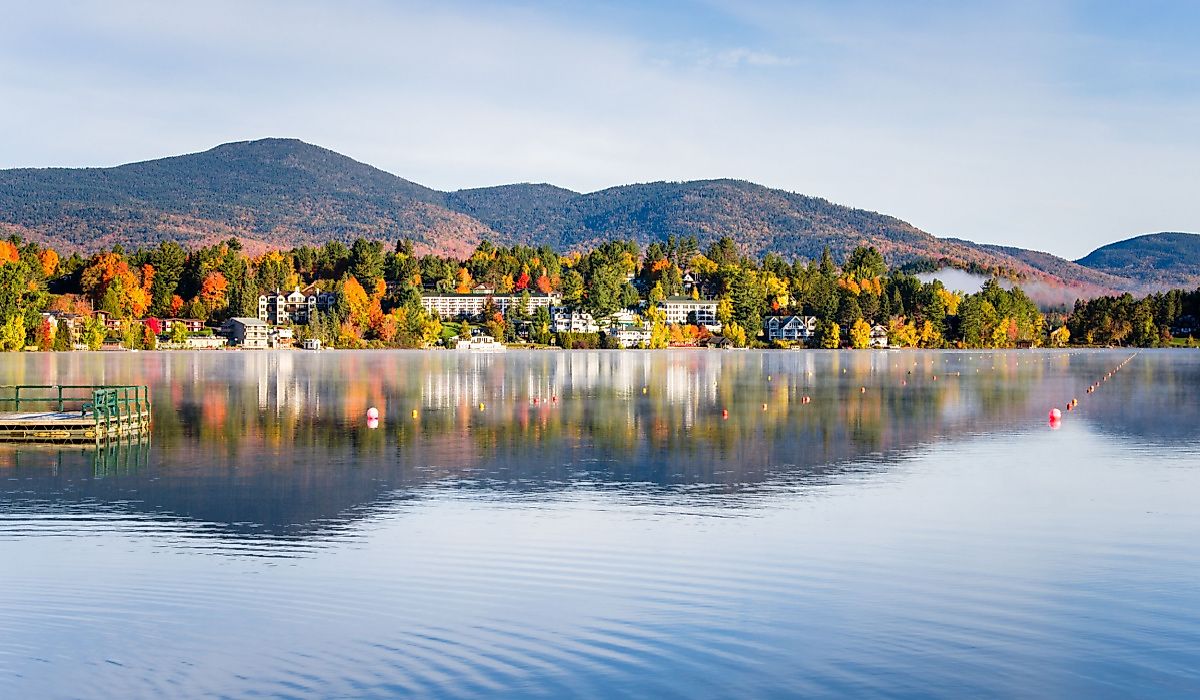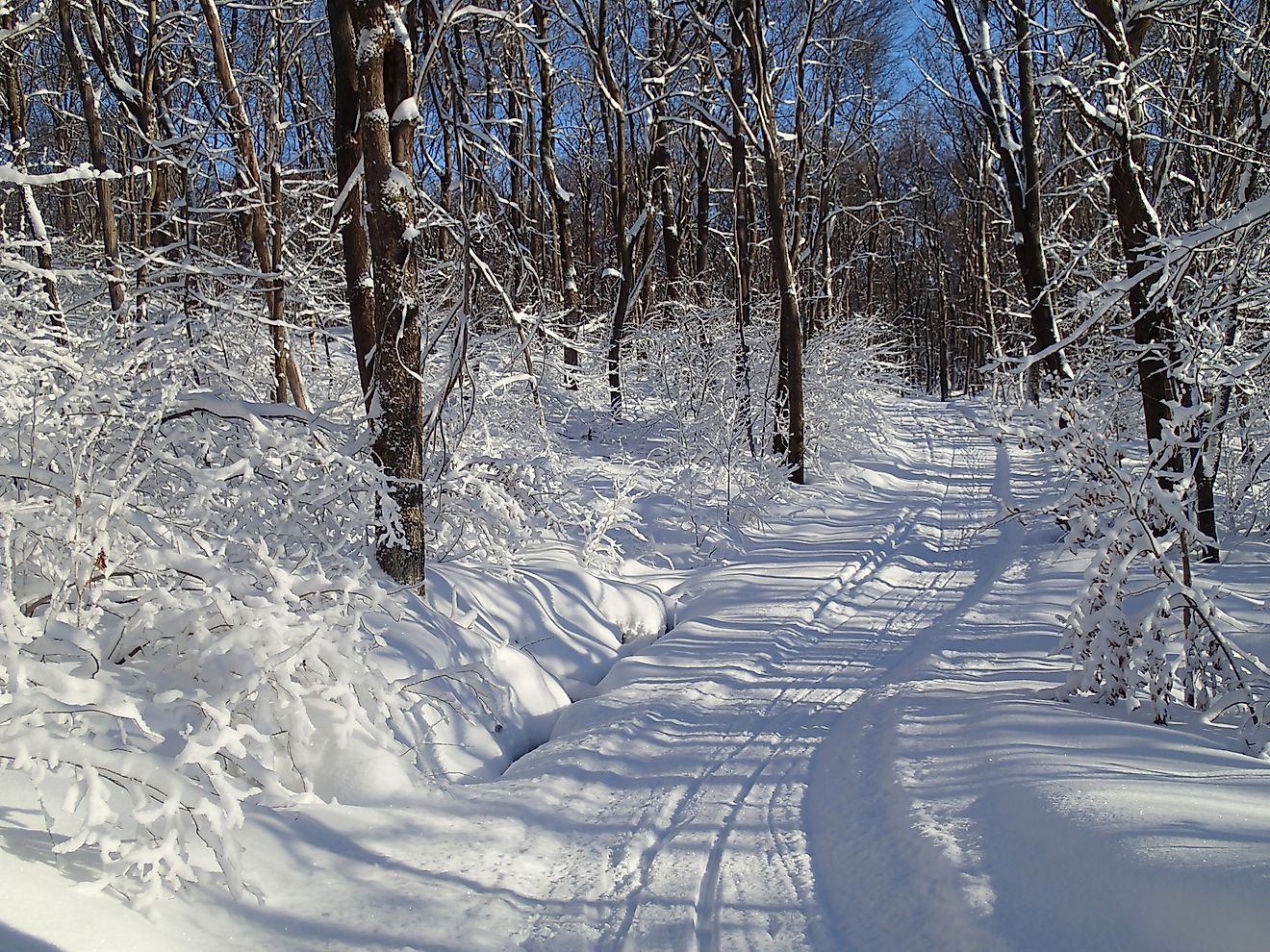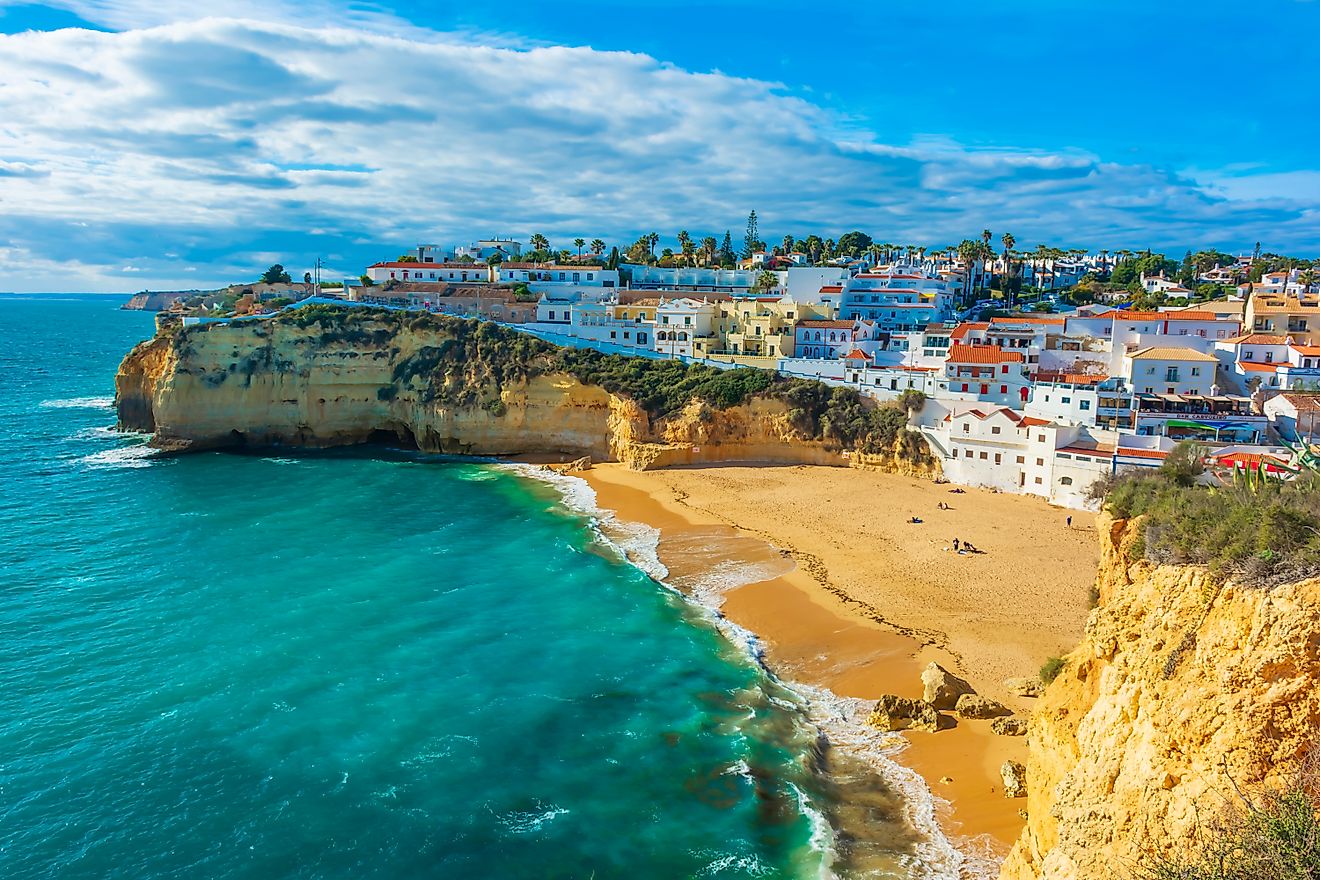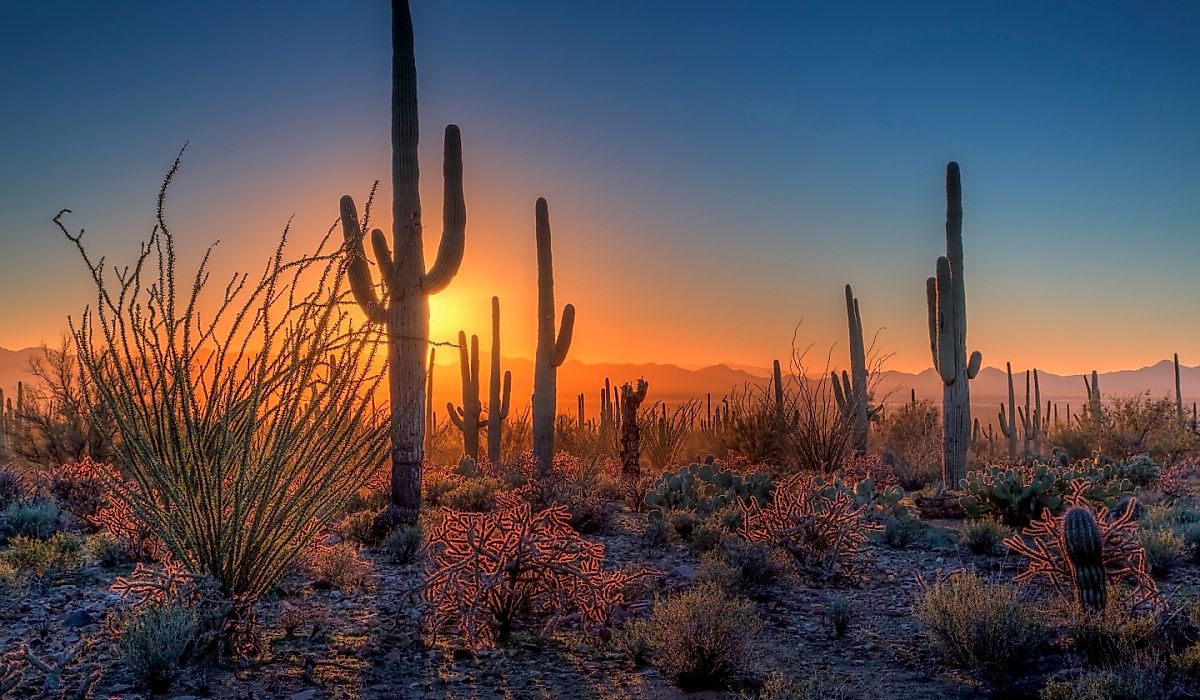
Saguaro National Park Silhouettes Giant Cacti Against Fiery Sonoran Sunsets
Named after the species of cactus that is abundant in the region, Saguaro National Park encompasses an incredible desert landscape on the outskirts of Tucson. It boasts some of Arizona's most scenic hiking trails, ranging from arid basins to surprisingly lush mountaintop vistas, as well as housing a number of campgrounds, historic sites, and other attractions you'd expect from a top-tier national park.
Whether you're there to catch a colorful sunset, a quick afternoon hike, or an overnight stay under the stars, this park certainly caters to all sorts of outdoor adventurers in the heart of the Southwest. Join us today as we cover the basics in terms of Saguaro's storied history, its unique geography, and what's best to see and do the next time you visit.
A Unique Environment Seemingly Built for the Park's Namesake Plant

Saguaro National Park spans just over 91,000 acres, divided between two districts: the Rincon Mountain District to the east and the Tucson Mountain District to the west. These regions differ in elevation, rainfall, and vegetation, creating a broad cross-section of the Sonoran Desert’s terrain. For example, the eastern district climbs from low desert to pine-covered peaks exceeding 8,000 feet, while on the contrary, the western side is lower, hotter, and more densely covered with saguaros.
The notable abundance of saguaro cacti here is due to the park’s ideal combination of favorable temperature, spotty precipitation, and moderately high elevations, specific conditions rarely found elsewhere. You see, saguaros thrive between sea level and 4,500 feet, which applies to much of the park, where winter freezes are mild and summer monsoon rains provide moisture when needed. Furthermore, the volcanic soils of the Tucson Mountains provide necessary nutrients and do a good job of retaining heat into the night, aiding germination and growth for these hardy plants.
Because of these precise environmental factors, Saguaro National Park holds one of the highest concentrations of mature saguaro forests in the entire Sonoran Desert, the only desert on Earth where they are native.
The Formation of Saguaro National Park
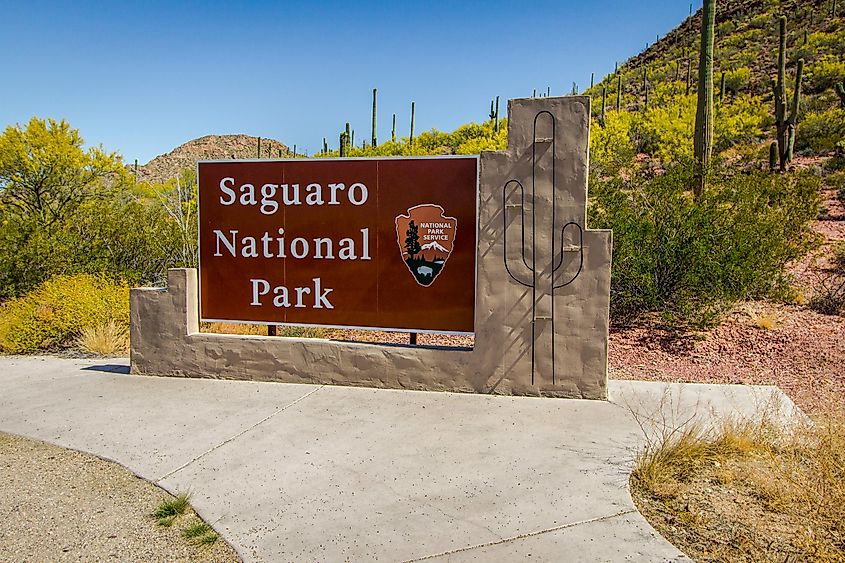
This federally managed space was established to protect the emblematic saguaro cactus and other local wildlife. The effort began in the 1930s when biologists and conservationists recognized that cattle grazing and development near Tucson were destroying native desert habitats.
In 1933, President Herbert Hoover designated the area as "Saguaro National Monument," covering portions of the Rincon Mountains east of the city. In 1961, the second section was added west of Tucson in the Tucson Mountains, creating the two distinct districts of the park it has today. Congress then upgraded the monument to national park status in 1994, further acknowledging its ecological importance, rich biodiversity, and potential as a tourist hotspot.
Today, Saguauro preserves one of the most complete examples of a desert ecosystem in the United States, the result of a nearly century-long effort. It is where countless points of interest, like ancient native petroglyphs and historic ranching sites, coexist with the aforementioned native plant communities, all within a landscape that the public at large can now enjoy for themselves.
Trails, Scenic Lookouts, and other Must-See Attractions
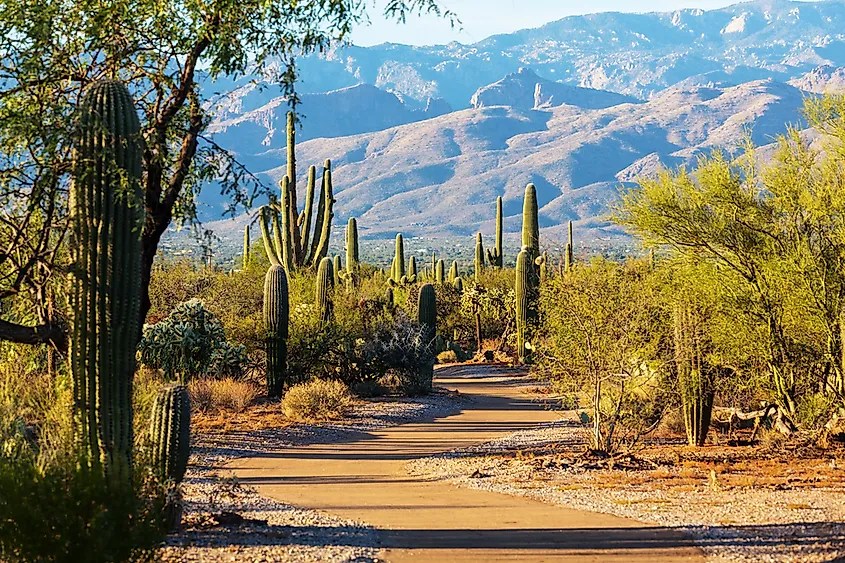
Perhaps you are looking to hit the trails for a quick escape from downtown Tucson, want to learn more about the area's human and natural histories, or hope to spend the night at one of several local campgrounds. Here are some highly recommended suggestions to help you plan your next trip to this beloved parkland.
Wasson Peak

Wasson Peak, the highest point in Saguaro National Park’s Tucson Mountain District, rewards those who hike up it with an unbeatable view of the Sonoran Desert from above. The 4,687-foot summit can be reached via the King Canyon Trail, a roughly 8-mile round-trip route that climbs through desert washes and slopes covered with forests of saguaro, cholla, and ocotillo. Along the way, you will also likely encounter remnants of old mining operations.
The final ascent offers sweeping views high above Tucson, the Santa Catalina Mountains, and the Rincon range to the east. Clear days reveal the forests of saguaros below and nearby Micca Mountain, towering around 8,660 feet, stretching to the horizon.
Please note that this fan favorite trail is best hiked in the cooler months, as summer temperatures can exceed 100 degrees and shade is limited throughout the route.
Gates Pass Overlook
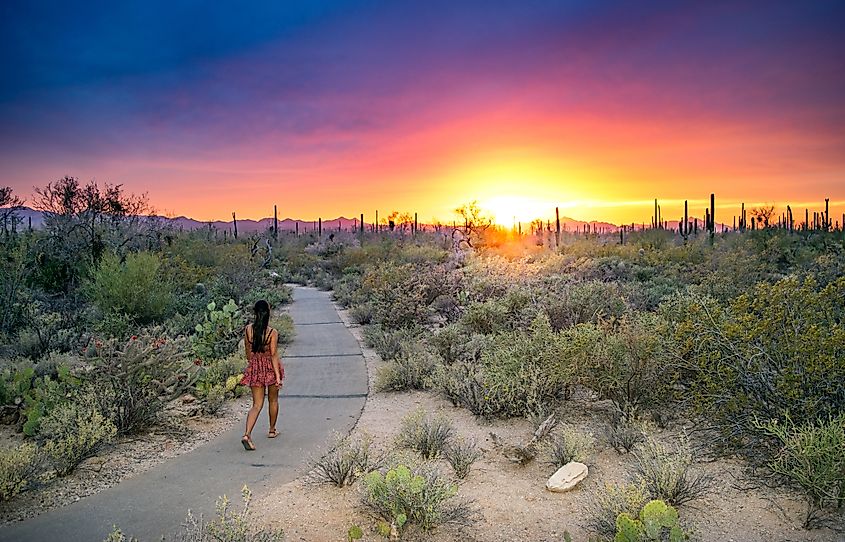
Gates Pass Overlook, located along the scenic Gates Pass Road in the Tucson Mountain District, is definitely one of the park's most popular and accessible spots for sunset viewing. The overlook sits atop a high ridge, where an unobstructed view of the Sonoran's cactus and sage-covered valleys and the rugged silhouettes of the mountains beyond can be had. As the sun drops behind the peaks, the landscapes here tend to glow in deep orange and purple tones, creating one of the most striking scenes in general in all of southern Arizona.
The overlook is easily reached by car, with short walking paths leading to rocky overlooks that provide quiet vantage points for photographers. Also, keep in mind that the parking area is only open from 6 am to 8 pm, with restrooms available close by. If you don't make it with your vehicle within open hours, the site also features a variety of trailheads linking to trails that can be reached from outside the area on foot.
Signal Hill

Signal Hill is among the park’s most significant archaeological sites. Here, a short, half-mile trail leads you to a rocky hilltop where more than 200 petroglyphs, created by the Hohokam people between 550 and 1550 years ago, are etched into numerous dark basalt boulders standing in and around the location. The ancient images include spirals, animals, and abstract geometric shapes that have been able to provide insight for historians into the region’s early cultures.
Because the site is easily accessible from the Signal Hill picnic area, it serves as both a cultural landmark and a short, easy-to-do hike, with many more great views along the way.
Rose Canyon Campground

While the park itself has a handful of walk-in backcountry campsites, most campers will opt to stay in one of the many spots near Tucson. Rose Canyon Campground, situated in the Rincon Mountain District near the park’s eastern boundary, is a cooler, more forested retreat than other popular locales like Gilbert Ray Campground or the Tucson KOA Resort. Sitting at about 7,000 feet in the Santa Catalina Mountains, this destination really packs in the remote, mountainous vibe many visitors are after, surrounded by stands of ponderosa pines and oaks that can only grow in the area at that high elevation.
The campground includes more than 70 sites suitable for tents and small RVs, usually coming with picnic tables, fire rings, and potable water sources. Moreover, the small Rose Canyon Lake nearby allows for trout fishing and short nature walks, but not swimming and boating.
Arizona-Sonora Desert Museum
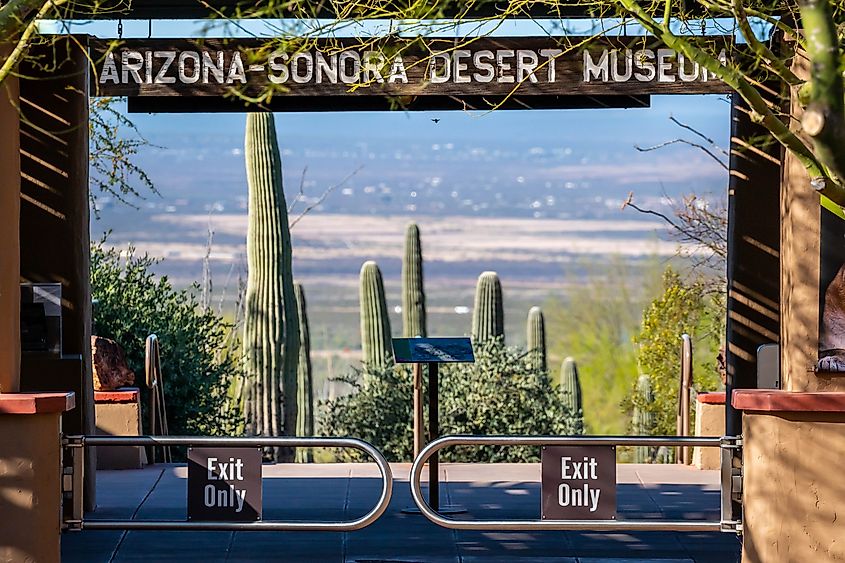
The Arizona-Sonora Desert Museum functions as a combined zoo, botanical garden, and natural history museum focused on the local ecosystems. Covering a sizable 98 acres, the museum hosts a network of maintained trails lined with native plants, live animal exhibits, and geological displays that provide info about the region’s terrain. You'll be able to see captive mountain lions, coyotes, javelinas, and raptors in naturalistic habitats, while indoor galleries highlight desert adaptations of the Sonoran's hearty flora and fauna, as well as regional conservation efforts for them.
Because it blends outdoor exploration with family-friendly education so well, the Arizona-Sonora Desert Museum is often considered one of the best introductions to the area and an absolute must-visit for newcomers.
Experience This Southwestern Gem For Yourself
Boasting what are perhaps the best sunset views in the Sonoran Desert, along with an incredible assortment of trails, campgrounds, and other fun outdoor amenities, a stop at Saguaro National Park is sort of a no-brainer if you're in the Tucson area. Whether here for an afternoon or multiple days, you can find numerous ways to learn about the fascinating ancient history of this arid region, its uniquely beautiful geographic features, and why it has become one of the top-rated national parks in the United States.
